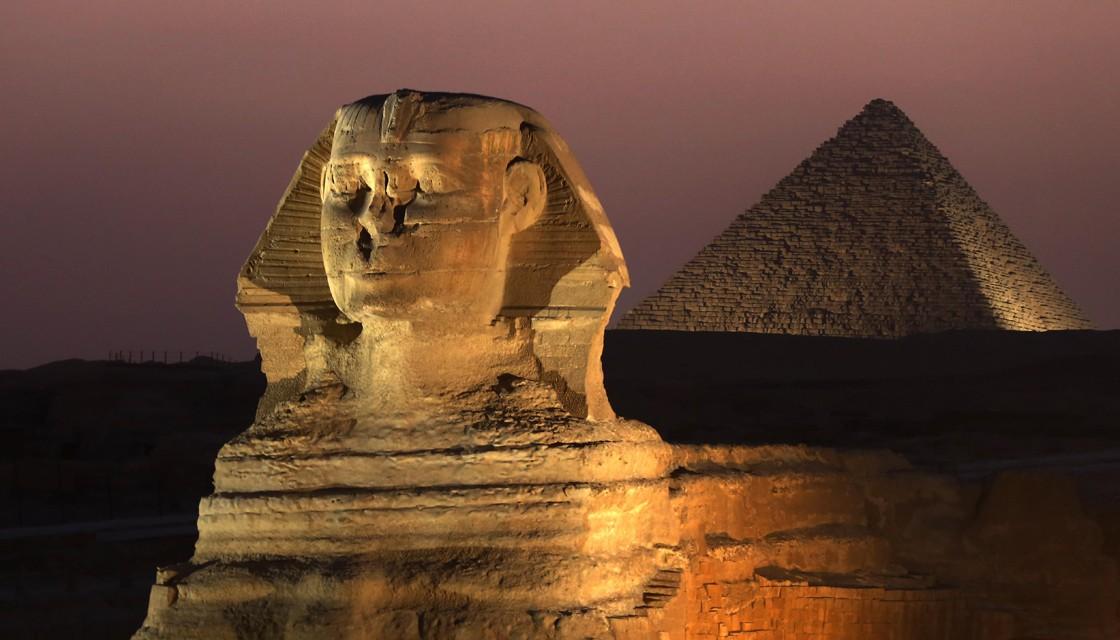
Egypt's famous sphinx monument may have a newly discovered twin.
Construction workers unearthed a similar-looking statue buried beneath Al-Kabbah Road between the ancient temples of Karnak and Luxor, local media reports.
- Egypt's mystery sarcophagus opened, revealing surprise find
- 'Big void' found inside Egypt's Great Pyramid of Giza
- Tourist arrested after trash-talking Egypt
While no photos have been published yet, officials confirmed the structure has a 'lion's body with a human head'. Tourists are welcome to visit the construction site and see the statue, but Egypt Today reports that it will need to remain embedded in the soil for some time.
Construction has been halted while authorities make decisions about what to do with the sphinx.
The original Great Sphinx of Giza (which translates to 'Father of Dread') on the west bank of the Nile is the oldest and largest known monumental sculpture in the world.
At 73 metres long and 20 metres high, the mythical creature is believed to resemble Pharaoh Khafre, who ruled Egypt at the time of its construction, sometime between 2550 and 2450BC.
Apart from a missing nose and beard, the statue was well preserved because it became buried up to its neck in sand until it was excavated in 1925.
There have long been rumours of other sphinx that may have been built to honour different pharaohs, but none have been found until now.
If the so-called second sphinx is found to be a genuine Ancient Egyptian structure, it could be more than 4000 years old.
Newshub.

